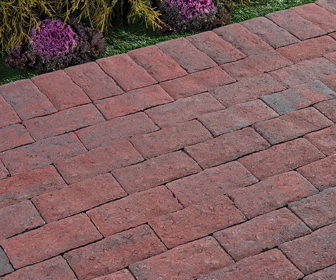Best Types of Residential Driveways - What to Choose
Best Types of Driveways: Costs, Lifespan & Maintenance
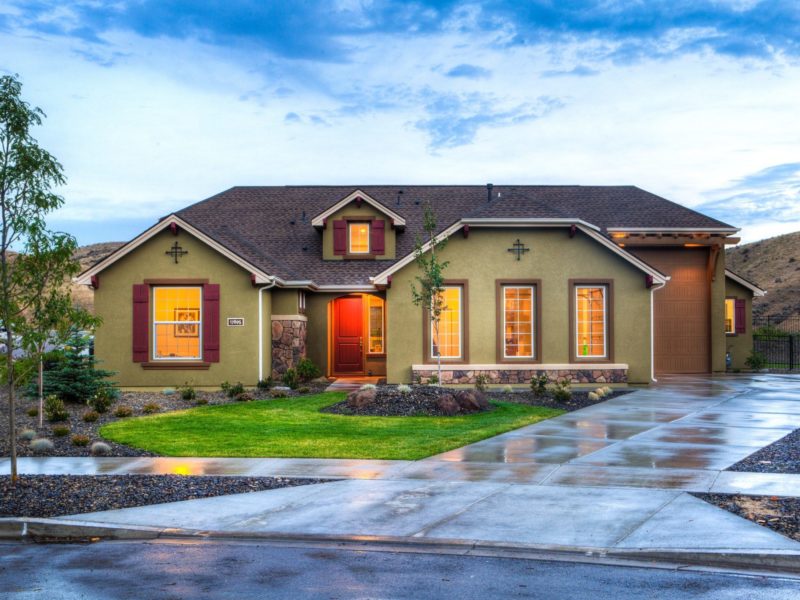
To help you make your decision, there are a few things that you’ll want to consider. Cost, maintenance, and lifespan are all key considerations. You shouldn’t forget aesthetics either, the kind of look you want for your driveway is also important.
Average costs for driveway construction vary a lot depending on the material you choose and whether or not you use a contractor. For some of these materials, DIY is a perfect option, for others, you may need a little help.
Here, we’ll go over 6 types of driveway materials and take a look at the cost, lifespan, and maintenance for concrete vs asphalt vs. gravel vs. pavers vs. stamped concrete vs gravel, to help you make the best decision for your Home.
Asphalt Driveways
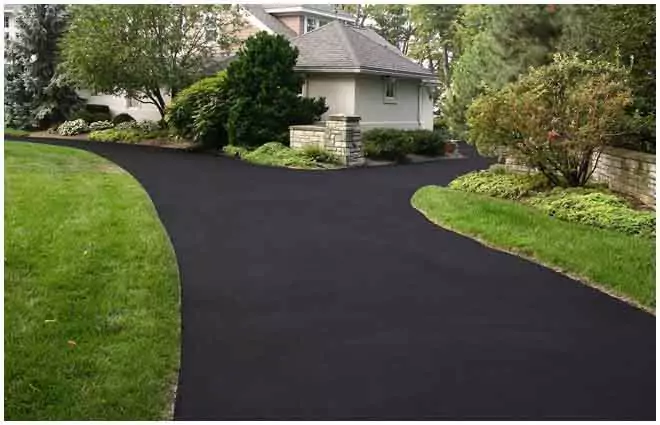
Asphalt driveways are one of the most common types of driveways, and with good reason; asphalt is sturdy, long lasting, and generally looks neat and tidy. That’s if it’s maintained properly; one drawback to asphalt is that if it’s not looked after it can start to look very tatty.
Driveway Cost
- The national average cost for an asphalt driveway is around $830.00. This is based on a 600 square foot driveway, roughly 12’x50′ in size. If there are hindrances to the construction of the driveway, such as slopes, curves, or a body of water that needs to be built over, these costs will generally increase.
Driveway Lifespan
- You can expect a well-constructed and quality asphalt driveway to last between 15 – 25 years, a bit short when comparing concrete vs. asphalt. The lifespan of your new asphalt driveway is heavily dependent on the climate. If, for example, you live in an area where it snows, the cycle of freezing and then thawing will deteriorate asphalt quicker than in sunnier areas.
- Increase your driveway lifespan by carrying out routine maintenance as needed.
Driveway Maintenance
- Firstly, make sure that your driveway has good water drainage. This will stop water from eroding the soil underneath.
- Once the driveway is constructed, your main tasks will be refilling cracks and sealing the asphalt. Cracks should be filled as and when they appear and sealants should be applied once every two years.
- Sealing the top of your asphalt means that oxidation can’t occur as easily. You’ll know when it’s time to seal again because bare pavement will be seen in patches where there’s more traffic.
- Both of these jobs can be carried out by you at the same time and contractors aren’t generally needed.
Concrete Driveways
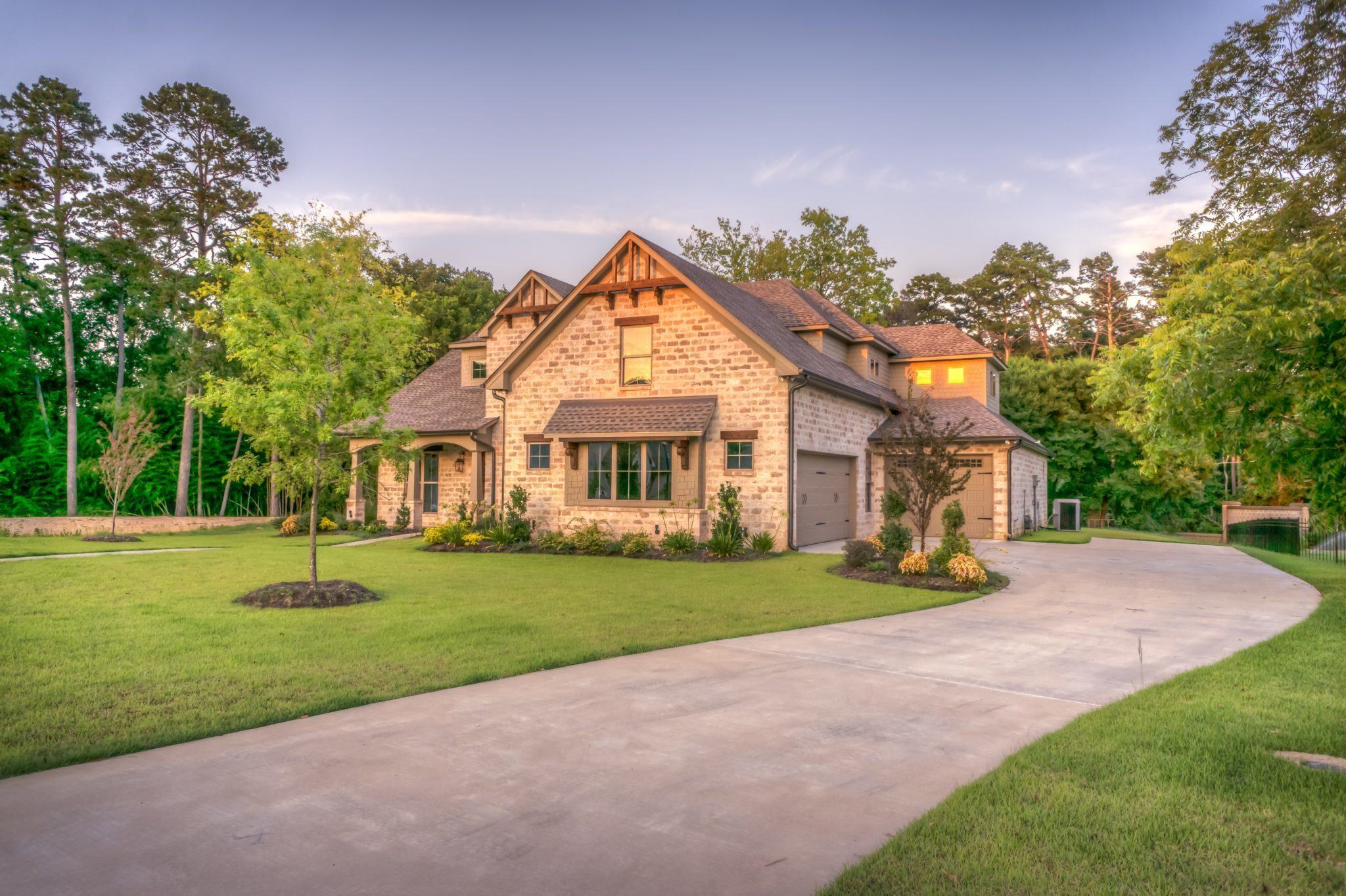
Concrete driveways are a practical choice for many people. Not only is concrete very durable, it typically requires little maintenance. The initial outlay for a concrete driveway is higher than many other materials, but this investment can pay itself off in lowered maintenance costs.
Driveway Cost
- When comparing concrete vs. asphalt driveways, costs are a bit higher than asphalt but still not as expensive as pavers. On average, a 2-car driveway will set you back around $3,000.00.
Driveway Lifespan
- You can expect a well-constructed concrete driveway to last for around 30 years.
Driveway Maintenance
- To proactively make sure your new concrete driveway looks good for longer, make sure that you stay off it for at least 7 days after it has been laid. Concrete needs time to set and harden properly, any traffic on it in the first week will significantly damage its structural integrity.
- Once the concrete is set, try to keep all very heavy vehicles off it if possible.
- Unlike asphalt, concrete will only need to sealed once every 3 – 5 years. Also unlike asphalt, sealing concrete requires little more than a sealant and a roller brush. Making this a very easy and affordable DIY job.
Gravel Driveways
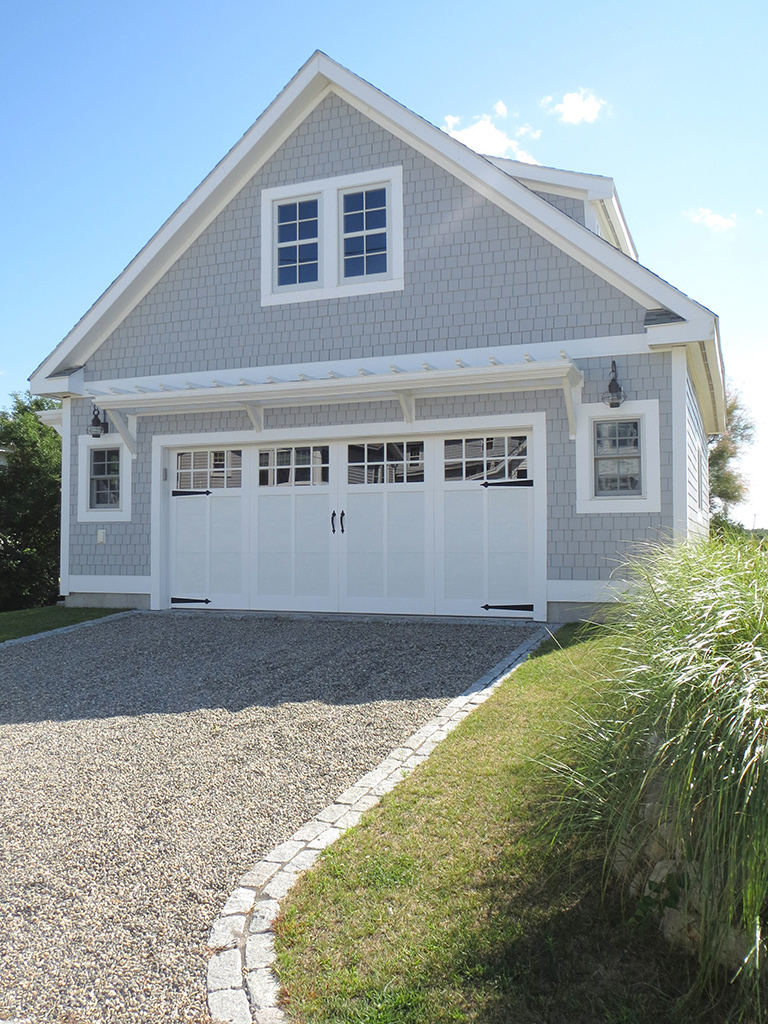
Because gravel is a rather cheap material, gravel driveways are very popular. Aesthetically, gravel driveways will continue to look good when they’re regularly graded and had the stones topped up.
Driveway Cost
- When it comes to cost-effective driveways, you can’t beat gravel. In fact, the biggest cost is the initial prepping that should be carried out to make sure that the gravel is level, and will drain well.
- Once the surface is prepped, a delivery of the gravel itself will cost around $800.00. Many homeowners then choose to spread the stones themselves for a further saving.
Driveway Lifespan
- Because gravel is made up of many loose stones, it won’t last very long if not regularly topped up. It also has the potential to “leak” into your lawn. With regular top-ups, gravel will last for a very long time. Unlike concrete and asphalt, gravel will never crack or sink.
Driveway Maintenance
- Unlike other materials, gravel requires little more than extra stones as and when needed. The biggest maintenance task you’ll face will likely be pushing stones back onto your driveway. This can be avoided though if you install a low barrier between your driveway and your yard.
Brick Pavers Driveways
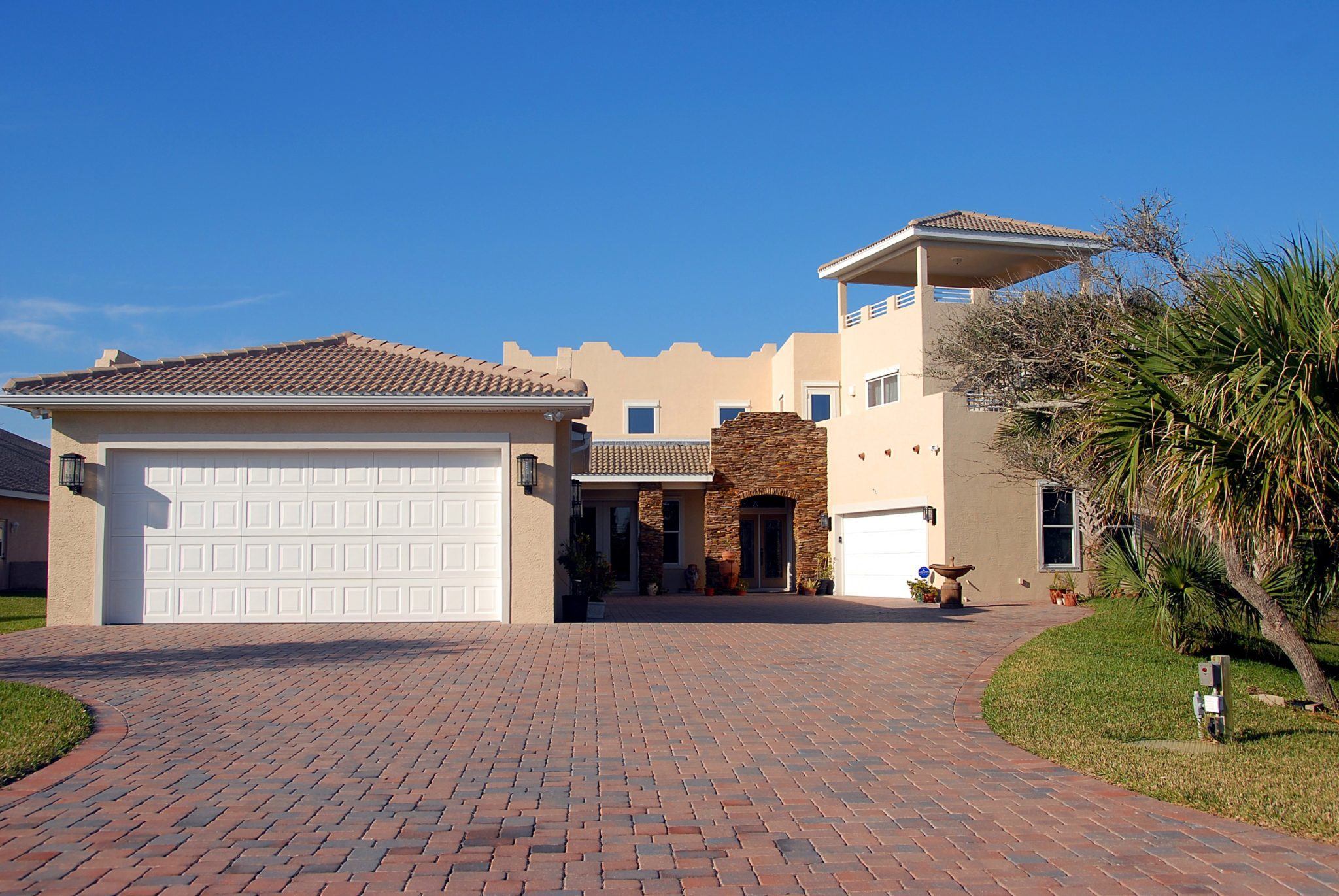
Brick pavers look pretty smart when used in driveway construction, particularly when they are laid in a herringbone or other clever pattern. As one of the more expensive types of driveways, you would expect brick paving to last a long time. Let’s take a look.
Driveway Cost
- Aesthetically pleasing yes, cheap, no. Brick paved driveways can set you back upwards of $20 per square foot. If you do the job yourself, you can cut back on around half of this price. Depending on how big your driveway is, DIY bricklaying can save you a lot of money initially.
- A word of caution here though, if you do not do a very solid job of laying the bricks, you may find yourself paying out more than you’ve saved in maintenance and upkeep costs over the years.
Driveway Lifespan
- The average lifespan of brick paver driveways is around 25 years when properly maintained. This is similar to asphalt but not as long-lasting as concrete.
- Brick pavers are made of fired clay which does weather with time. If you live in a place with a moderate climate – never too hot and never too cool – your brick pavers may last a bit longer than this.
Driveway Maintenance
- To help your pavers longevity, make sure that you regularly seal them with a sealant made specifically for this material. Other, generic sealants will actually contribute to paver deterioration. Like concrete, sealing pavers is straightforward and doesn’t need the help of a paving contractor.
- Other maintenance includes removing weeds from between each paver. This is best done with a sprayer and an anti-weed solution.
- Your brick paver driveway should also be pressure cleaned once a year or so. This can also be done by yourself if you have a pressure washing system.
Stamped Concrete Driveways
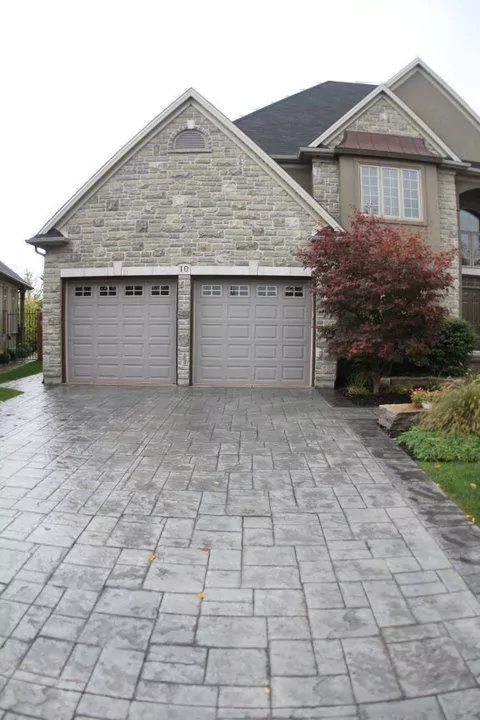
Stamped concrete driveways are growing in popularity. It’s easy to see why; they look smart and they are nearly as long-lasting as concrete slabs. That said, they’re also one of the more expensive types of driveways.
Driveway Cost
- Stamped concrete is not cheap. If you’re considering this option you’ll likely have aesthetics in mind. Because of the potentially intricate work involved, the average cost of a stamped concrete driveway runs around the $10 – $15 per square foot mark.
- On the plus side though, you’ll get the look of pavers without the cost of maintaining all those cracks where pavers join.
Driveway Lifespan
- The lifespan of stamped concrete is the same as with plain concrete, around 30 years if well maintained.
Driveway Maintenance
- As with plain concrete, a sealant should be applied every 3 – 5 years. Take care to not let thick sealant gather in the imprinted pattern, this can ruin the look of your driveway.
Green Lawn
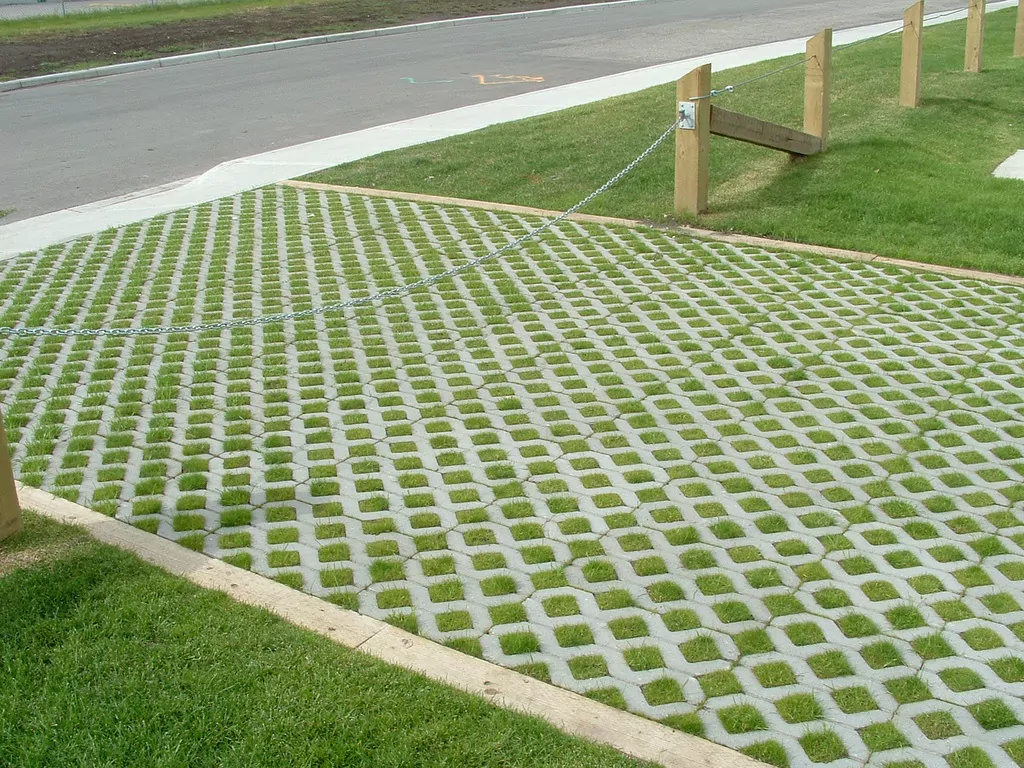
Green lawn types of driveways are relatively popular, after all, most of us already have a lawn to drive upon. Whether they are very practical or not is debatable, there’s nothing worse than getting your tires stuck in the mud when all you really want to do is get inside the house after work.
If you still want a green lawn driveway but without all the resulting hassle, you can construct an underlying layer of special pavers and grids to get the look without losing practicality.
Driveway Cost
- To install a gridded and long-lasting green lawn driveway that takes well to being driven on, you’re looking at around $8 per square foot.
- Alternatively, consider two tracks made of concrete or pavers for your car’s tires to drive on and leave the middle section as grass.
Driveway Maintenance
- Just like all the plants in your garden, green driveways will need regular care. This is mostly watering and trimming.
- Take care with using your lawn mower over a gridded green driveway, a weed whacker may be a better choice.
Best Types of Driveways: How to Choose
To conclude, when you’re choosing a new driveway material, comparing concrete vs. asphalt driveways and others – keep in mind ongoing maintenance needs and costs. You’ll also want to consider the look you want, and of course, how much the initial cost is going to be.
While brick pavers may look very sharp and neat, the continued maintenance costs and labor may be something you want to avoid. For cost effectiveness, gravel wins hands-down, but do you want to drive on loose stones?
Concrete is a very practical choice with little ongoing maintenance costs if it is properly constructed. As an added bonus, stamped concrete can look just like expensive pavers.
Tom Stachler is a licensed real estate broker and former builder working in the Ann Arbor, Saline, Milan, Dexter, Chelsea, Ypsilanti and surrounding Michigan communities. Check out the available properties and other resources on this website or contact us with any further real estate related questions.
